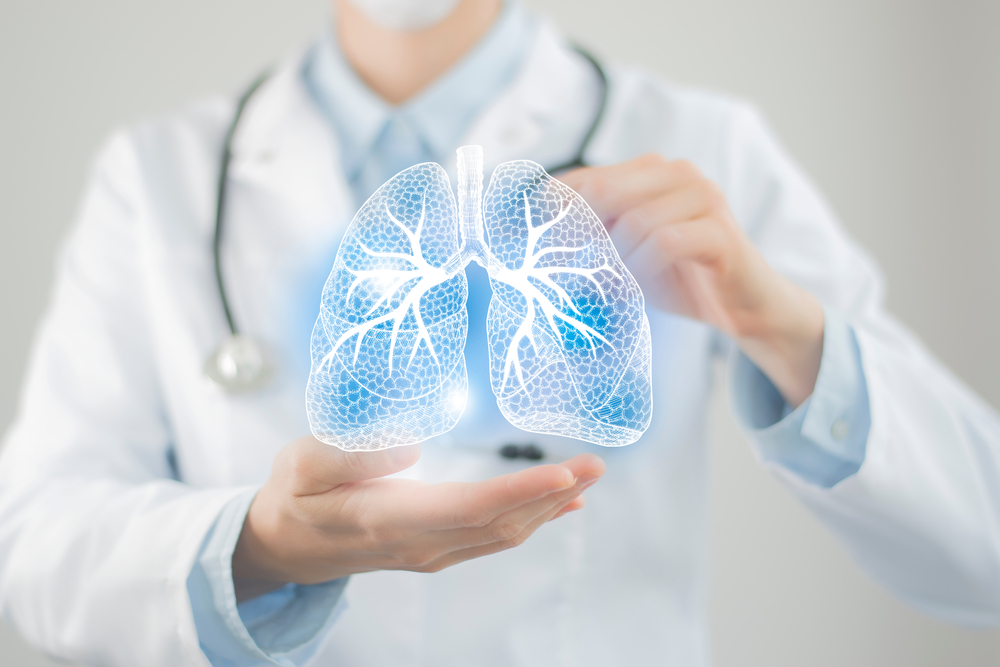Understanding Pneumonia: A Serious Lung Condition
Causes of Pneumonia

Pneumonia is a common but potentially serious infection that inflames the air sacs in one or both lungs. These air sacs, known as alveoli, may fill with fluid or pus, leading to cough, fever, chills, and difficulty breathing. Pneumonia can range from mild to life-threatening, especially for infants, older adults, and people with underlying health conditions. Understanding the causes, symptoms, and treatment of pneumonia is crucial for early detection and proper care.
Pneumonia can be caused by a variety of infectious agents, including bacteria, viruses, fungi, and in rare cases, parasites. The most common cause of bacterial pneumonia is Streptococcus pneumoniae, while viral pneumonia is often triggered by viruses like influenza (flu), respiratory syncytial virus (RSV), and coronaviruses (such as SARS-CoV-2, the virus responsible for COVID-19).
Risk Factors for Developing Pneumonia
Certain groups of people are more vulnerable to developing pneumonia. Infants and young children, whose immune systems are not fully developed, are at high risk. Likewise, older adults (especially over 65) and individuals with chronic illnesses such as asthma, chronic obstructive pulmonary disease (COPD), heart disease, or diabetes are more likely to get infected.
Lifestyle choices also play a role. Smoking damages lung tissues, making it easier for infections to take hold. Excessive alcohol consumption can weaken the body’s defenses and increase the risk of aspiration.
People with compromised immune systems, such as those undergoing chemotherapy, living with HIV/AIDS, or taking immunosuppressive drugs, are particularly susceptible to pneumonia.
Common Symptoms of Pneumonia
Pneumonia symptoms can vary depending on the cause, age of the person, and their overall health. In most cases, symptoms develop suddenly and may include:
- Persistent cough, often with greenish, yellow, or bloody mucus
- Fever, sometimes accompanied by chills and sweating
- Shortness of breath, even while resting
- Chest pain, especially during deep breathing or coughing
- Fatigue and weakness
- Rapid or shallow breathing
- Loss of appetite
- Confusion, particularly in older adults
- Bluish lips or fingernails due to low oxygen levels
In children, symptoms may be less specific and can include vomiting, irritability, difficulty feeding, and lethargy.
Types of Pneumonia
Pneumonia is classified based on where and how a person contracts it. The main types include:
- Community-acquired pneumonia (CAP): The most common type, contracted outside of hospitals or healthcare settings.
- Hospital-acquired pneumonia (HAP): Occurs during a hospital stay, often more severe due to antibiotic-resistant bacteria.
- Ventilator-associated pneumonia (VAP): A subtype of HAP, this affects people using ventilators.
- Aspiration pneumonia: Caused by inhaling foreign material, such as food or vomit, into the lungs.
Each type requires a slightly different approach to treatment, depending on the causative organism and the patient’s condition.
Diagnosing Pneumonia
Diagnosis typically starts with a physical examination, where the doctor listens to the lungs for abnormal crackling or bubbling sounds. This is followed by a chest X-ray, which helps confirm the presence and extent of infection.
Further tests may include:
- Blood tests to identify the infection and check oxygen levels
- Sputum analysis to determine the causative pathogen
- Pulse oximetry to measure oxygen levels in the blood
- In severe cases, CT scans or bronchoscopy may be needed for more detailed imaging or sampling
Accurate diagnosis is essential to ensure proper treatment and prevent complications.
Treatment Options for Pneumonia
Treatment depends on the cause and severity of pneumonia. Bacterial pneumonia is usually treated with antibiotics, with improvement seen within a few days. Viral pneumonia, on the other hand, does not respond to antibiotics and may be managed with antiviral drugs (if available) and supportive care.
Mild cases can often be treated at home with:
- Rest and hydration
- Fever-reducing medications like acetaminophen or ibuprofen
- Cough suppressants, if recommended
- Prescribed antibiotics or antivirals, depending on the type
Severe cases, particularly those affecting high-risk individuals, may require hospitalization for:
- Intravenous antibiotics or fluids
- Oxygen therapy
- Breathing support, such as ventilation if respiratory failure occurs
Recovery time varies. While healthy individuals may recover in a week or two, older adults or people with chronic conditions may need a longer period and risk experiencing complications.
Conclusion
Pneumonia is a serious respiratory infection that requires attention and care, especially in vulnerable populations. Understanding the causes, recognizing the symptoms early, and seeking prompt treatment can greatly reduce the risks associated with this illness. With appropriate medical intervention and preventive measures like vaccination, most people can recover fully and avoid complications. Prioritizing lung health and immune support is essential, especially during the cold season or flu outbreaks.